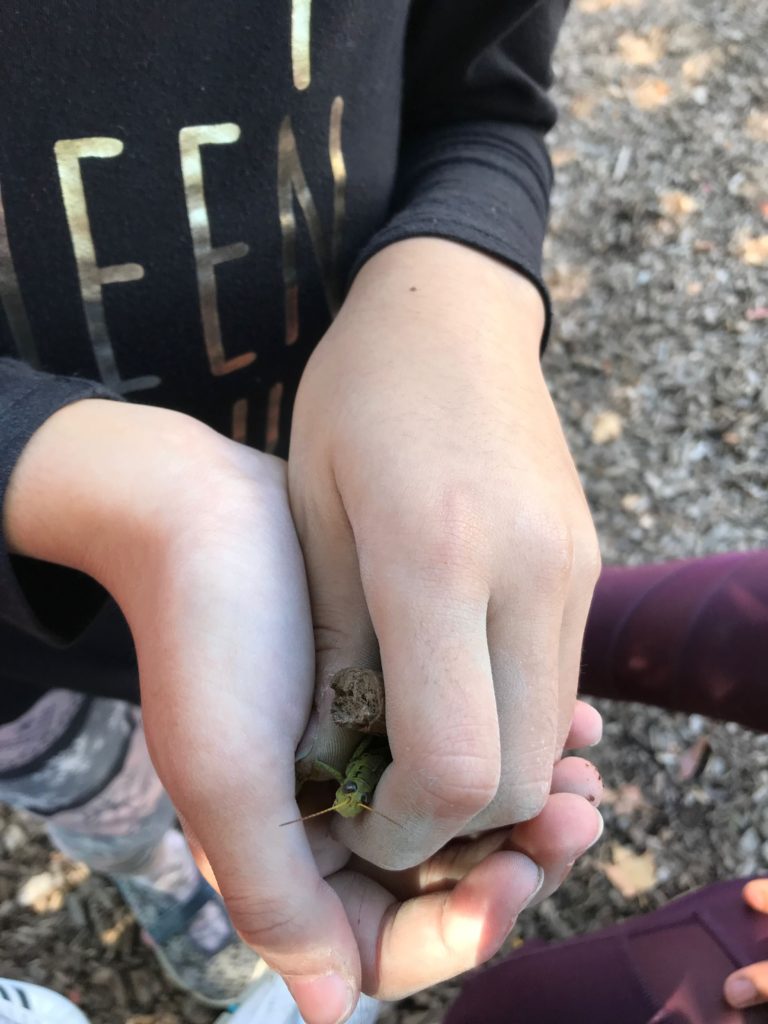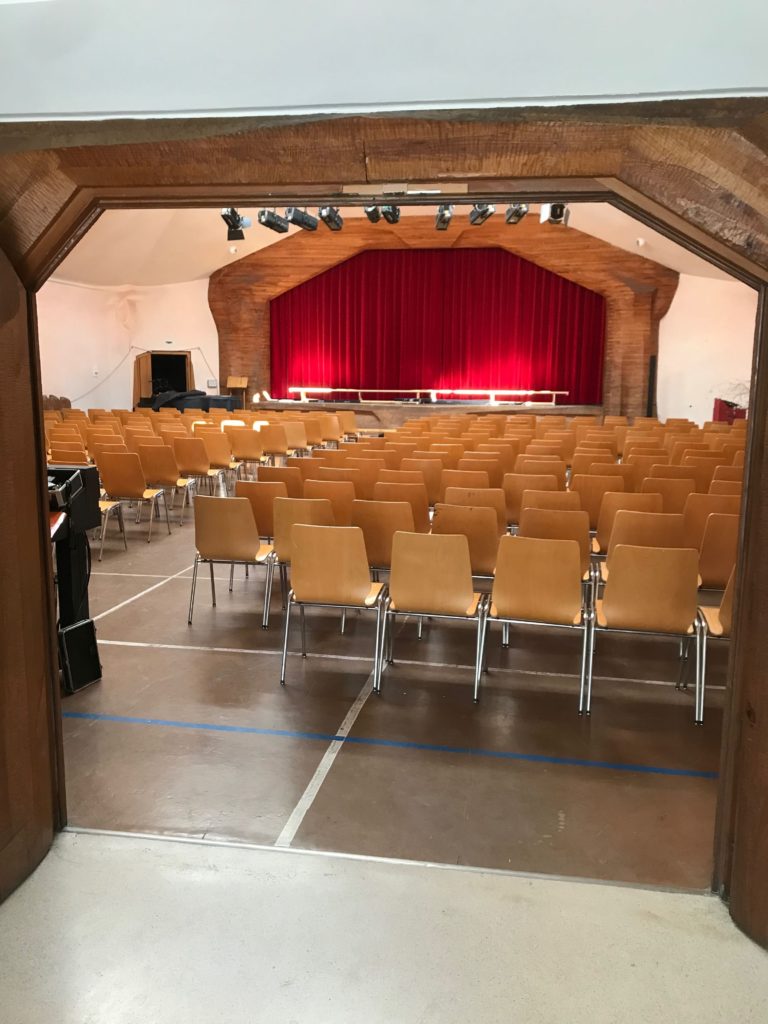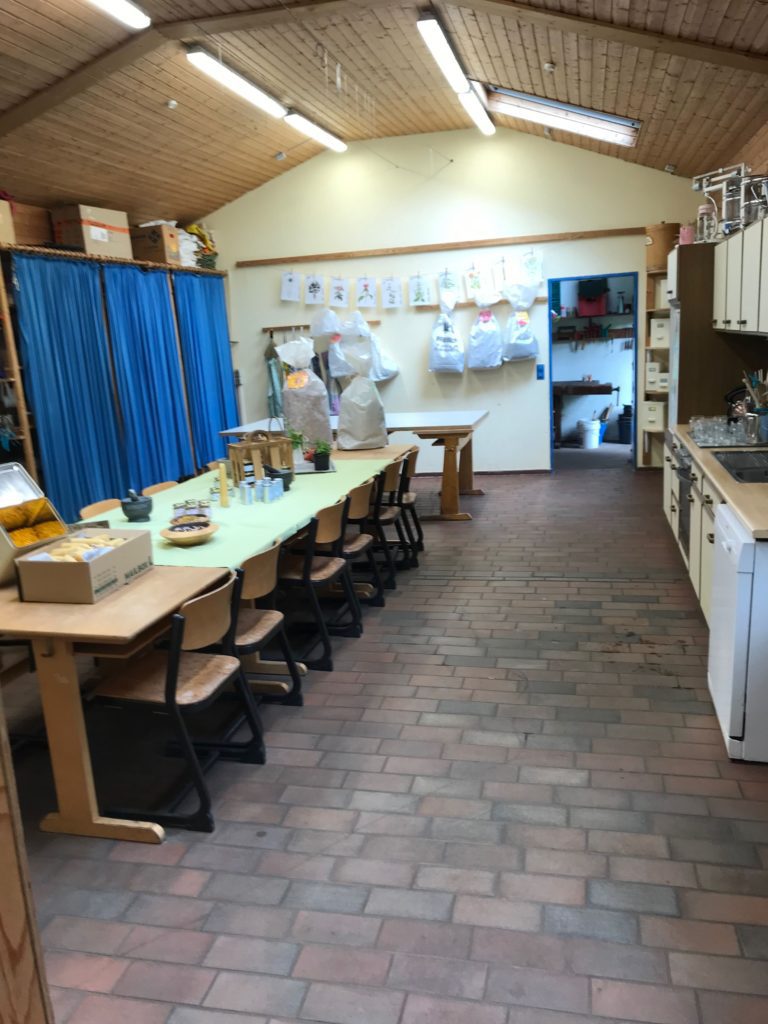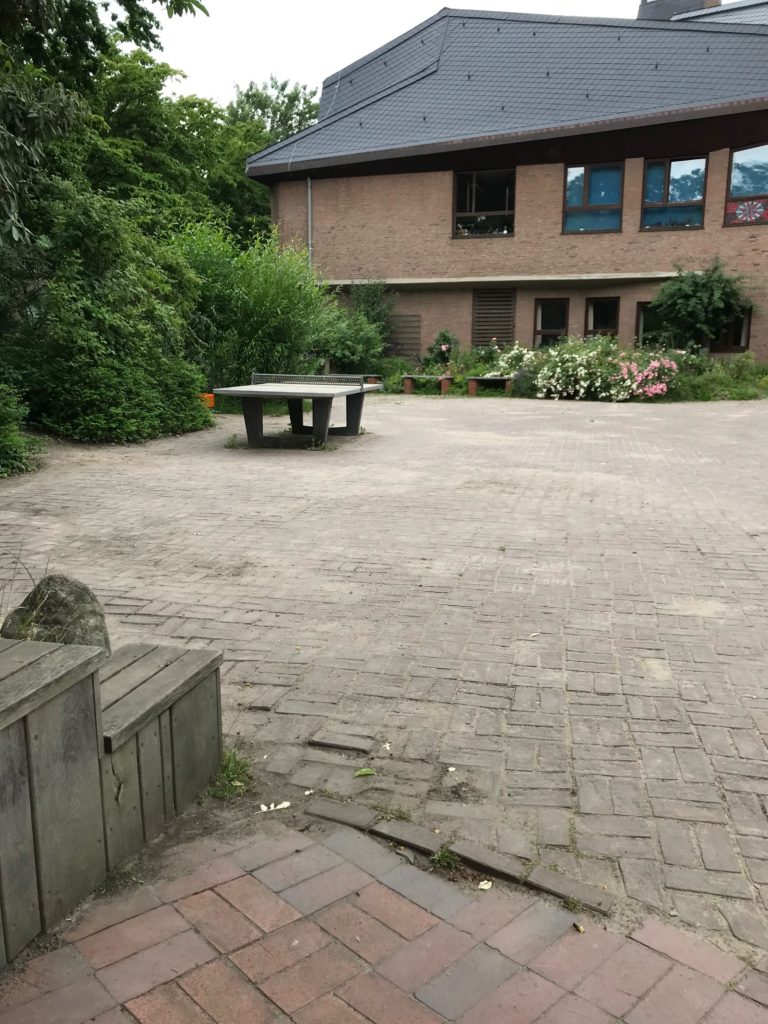Choosing a school that is a good fit for your child is important. I want to talk about some types of schools that you might be less aware of as options. They are all private, though they may be free in some countries, or tuition is subsidized by the government. They are Waldorf Schools, Montessori Schools and Free Schools.
My 17-year-old daughter Milena is currently attending a Waldorf School in Chicago. This is a school system based on the teachings of an Austrian Philosopher named Rudolf Steiner. He developed a school for the children of the Waldorf-Astoria cigar factory in Stuttgart, Germany. It was started in Germany in 1919, and is one of the fastest growing school systems worldwide right now. It is considered a counter to the culture of traditional schooling. We started sending her to Waldorf Education in 7th grade. Why? She is someone who has always liked her teachers, found what she was learning interesting, and was compelled to make things with her hands. In most traditional private schools, as children go up in grades they do more and more of their learning just from reading and writing and less and less with creating things by hand. The arts are typically secondary to other subjects in traditional schools. We saw her needing to be in a school system that facilitates a more active learning model throughout the years, with the arts playing an equal role.
In Waldorf Schools, when they follow the true teachings of Steiner, the arts are integrated into all of the subjects, and they have equal importance. Stories are important and children learn a lot through stories of many cultures. Her Waldorf school offers things like loom weaving, basket weaving, calligraphy, bookmaking, wood and stone carving, along with some of the more traditional visual arts and handicrafts that one finds in many independent school arts programs. At Chicago Waldorf School our math, sciences, humanities, music, arts loving daughter learns all of these things both from theoretical discussions and making things. Projects weave together many subjects and arts. Languages are important, so in the schools she has been in there are two foreign languages. She had Spanish and Chinese in her Waldorf Middle School, and at Chicago Waldorf, which she attends for high school, they offer Spanish and German. Waldorf schools tend to have strong outdoor learning programs, which includes class trips starting in lower elementary grades that help foster children’s independence. Service learning is part of the general curriculum and their travel. Children have homework, but moderation is considered key.
The high school begins each year with a few days of camp for the entire school as a get to know you experience and there are specific other travel experiences for each grade. Now my daughter is in eleventh grade and she is currently participating in an international exchange program in Vienna, Austria which is a highlight of the travel experience. When she returns she will end the year traveling with her classmates to the East Coast and working on a Camphill farm with disabled adults for two weeks. This will teach them farming skills as well as to learn from other people who have mastered different challenges. In her senior year they will go study marine biology on an East Coast Island, and choose their final travel destination for a two week trip at the end of the year. Typically they go abroad. While the school is not free, there is a sliding scale tuition.





My niece and her two older brothers started off in a Montessori school in Chicago. It was great for the oldest and he went all the way through eighth grade. The school had a strong focus on geography which Montessori schools always do. Each year they picked a continent on which to focus and studied it in depth. The teachers relied on children to make a lot of choices about their own learning and allowed them a lot of independence. Maria Montessori was also a progressive educator at the turn of the twentieth century, and she believed that with her methods she could educate children from any social class, and those with different learning challenges. After Montessori, my oldest nephew majored in Visual Arts at The Chicago Academy of the Arts. He loves working with his hands and to draw, and he loves math and science, so this is how it played itself out for him. It was quite an adjustment for my nephew to learn to manage homework after having a much more relaxed schedule. There is typically no homework in Montessori schools. However, with some support he made the adjustment and did quite well. From there he went on to study Engineering in college. In graduate school his interest is on developing sustainable jet planes, which is going to be important for our world.
My niece needed more direct instruction in reading than the Montessori school provided. She just tended to avoid the reading group. She switched out of this private Montessori school into a local Montessori-based public school. She is now a senior in a public high school which has a good science program. She is going to major in biology in college next year. Her brother, the middle child, who is very personable and engaging, also needed more guidance than the Montessori school provided since he avoided reading and math. They were difficult for him with the methods used. It turned out he had learning disabilities in those areas. After a couple of years of tutoring, he switched to a private school for children with learning disabilities in sixth grade and then again for high school. These schools are quite expensive because they have a low teacher to student ratio, a lot of specialized services and a rich curriculum. He is now studying to be a Chef at a Culinary Institute. His love of cooking has made this a perfect fit for him. He has just returned from a 3 month cooking internship in New Orleans and we are all looking forward to tasting the new dishes he has learned to cook. My daughter says she wants him to cook something special to celebrate her birthday once we are all together again.
My next door neighbor who is a math professor at our local university, went to a Free School in New York, and is now sending her two sons, who are in second and fifth grades to a Free School here in Chicago. This is a school system where children are allowed to choose what they want to do. There are several types of Free Schools. This does not mean one does not pay tuition, but it does mean that the children are considered to be part of a democratic society in which they have say over what they learn and do. The original Free School is one that I read about in graduate school. It was called Summerhill and was started in England around 100 years ago. In it children could do whatever they wanted to all day long and teachers facilitated children learning what they had interests in, if any interests at all. If not, they could just stay in their rooms all day and do nothing. In the United States there are various versions of that. Some are just as free, and some are more structured. My neighbors attend a Free School that is more structured. It is more based on the Albany Free School Model. The students have a meeting each day that includes the entire school, it is small. Everyone gets a say if they want. They have dedicated math and reading times, and children then choose what projects they want to learn about in the afternoon and then these are long term projects that they sign up for several times a year. It is similar to the Free Humanist School that a family friend runs in Oldenburg, Germany, where the students have German, English and Math in the morning, and then projects in the afternoon. The Chicago Free School that my neighbors attend also has a sliding tuition scale. Again,in the Free School system there is no homework. Children do their learning at school and then they have time to do their own thing at home. I have watched many friends pull their children out of schools that had a crushing amount of work, because their children were miserable, and put them in schools that were more balanced. Sometimes this is just that their specific child needs more time to do the assigned work than other children, and sometimes it is because the school is assigning work that takes all of the students a long time. All three of the schools I have listed above have been alternatives for them. Other friends have taken their children out of schools where their child was taunted because they were more studious than others and put them in a school where they could find students who were more serious because their child was feeling like too much of an outcast. In other cases, where children have had heavy sports, music or dance schedules, and been very talented in these areas, parents have found schools that would support and accommodate their child’s schedule of traveling to tournaments, performances and competitions. Sometimes location is a consideration because you want your child to get to and from school safely, manage the workload and get a good night’s sleep. I have seen that moving a child to a school that fits them has made a huge difference in the life of a family, which has gone from miserable to well functioning.
I assume that like me, you want to find a school where the teachers see your child as a whole person who has different talents and interests, and accepts who they are. You do not want your child to be pigeonholed. With a good fit, your child looks forward to going to school, they can manage the workload and have time for other things in their lives, like family and friends, as well as time for themselves. You see them thriving and growing. The school is flexible and they can make adjustments for your child as a unique person when necessary. Your child feels like a part of the community, and your family does too. In some cases, each child in your family might be in a different school, and that is just how it goes, because each child is different. If you can manage that it is great. If not, you want to find one that seems most likely to accommodate all of your children. If there are no services in your community for your child you should move if you can. That is true for any special needs.
These three school systems may not be good options for children who need a lot of additional support in learning, or with behavior. Waldorf does have some Camphill School in the United States and Canada for children with disabilities. There are also schools for children with disabilities in Europe. In Vienna, my daughter did a practicum in a Waldorf school for children with disabilities. Montessori schools also provide some support for children who struggle to learn. Still, they might need additional support, as my niece and nephew did. The Free Schools may get transfer students who are very disillusioned with traditional schools and find them too restrictive, but they are not specifically therapeutic schools. In Waldorf Schools, because children stay with a homeroom teacher typically through eighth grade they have a lot of consistency and build deep relationships with their primary teacher. That is good for some children. In Montessori there is some continuity as well with groupings, but for shorter periods, like 3 years. The Free School is more open, and both in Free Schools and the Montessori Schools there is a lot of mixing across grades. If you are looking for alternatives to the public schools and traditional independent and parochial schools, I encourage you to explore these options.

